
Suspicious moles
Suspicious moles are perhaps the No. 1 reason to make time to see your dermatologist. If you have a mole that has changed color or shape recently, it’s time to have a professional check it out. These are early signs of melanoma, or skin cancer, and the earlier you catch it, the better your prognosis. (Watch out for these secrets your dermatologist won’t tell you.)
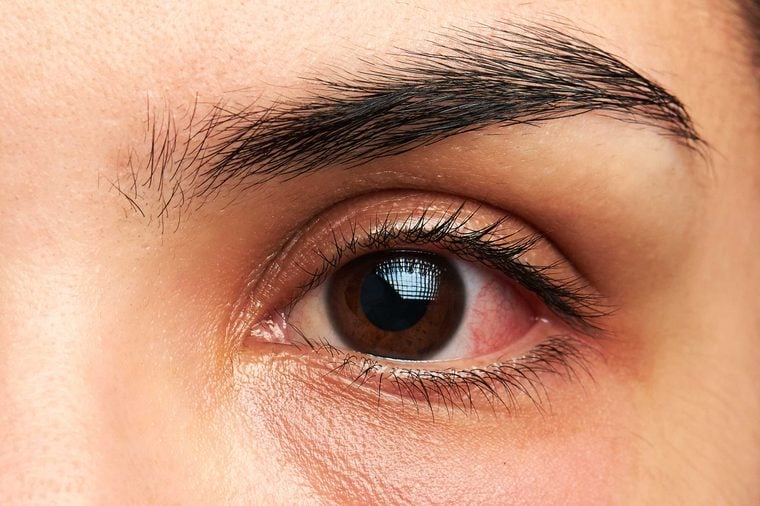
Red or itchy eyes
Red or itchy eyes can be a sign of pink eye, or conjunctivitis, which is a condition your dermatologist should evaluate and treat for quick relief and healing. People may not realize that pink eye is a dermatological issue because it affects the delicate tissues around the eye.
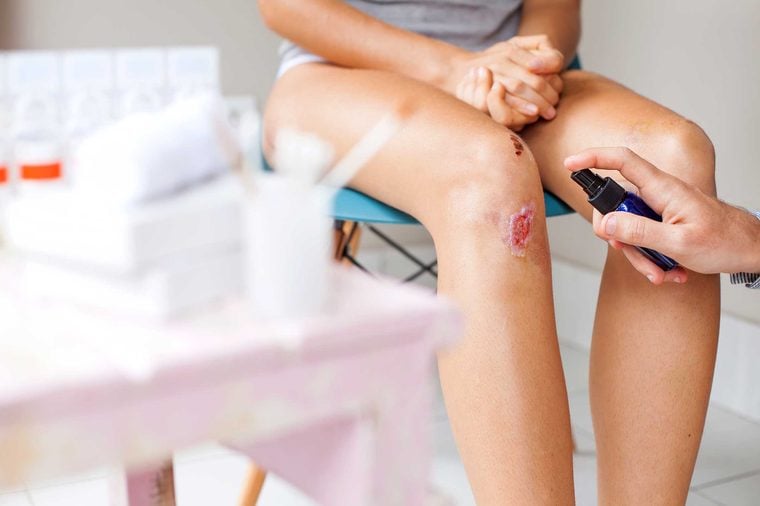
Wound that won’t heal
A cut or sore that takes weeks or months to heal should warrant a call to your dermatologist, according to The Cleveland Clinic. A non-healing wound can lead to serious complications such as tissue death and could be a sign of melanoma, even if you cannot see any suspicious marking. Cancerous lesions make skin more easily disrupted. (This is the first thing your dermatologist notices about you.)

Skin changes that stick around
In addition to moles, any noticeable skin changes that don’t go away should be evaluated by your dermatologist. “Anything on the skin that has changed should be seen,” says Delphine Lee, MD, PhD, dermatologist and director of the Dermatological Center for Skin Health at Providence Saint John’s Health Center in Santa Monica, California. “Is it pink? It could be a pimple. But if it hasn’t gone away, it’s not a pimple.” Seek treatment as a preventative measure to avoid the possible spread of rashes or even cancer to other areas of the body. (These are the acne treatments that dermatologists use on themselves.)

Genital bumps
Genital bumps might seem like a condition for your gynecologist to diagnose—and it could certainly be a sexually transmitted disease, especially since they’re on the rise. But these bumps could also be lichen sclerosus, which can develop into squamous cell cancer.

Recurrent mouth ulcers
If you have mouth ulcers or canker sores that come back repeatedly, this may be a sign of a disruption of your digestive tract. Your dermatologist can evaluate this and prescribe corticosteroids as needed.
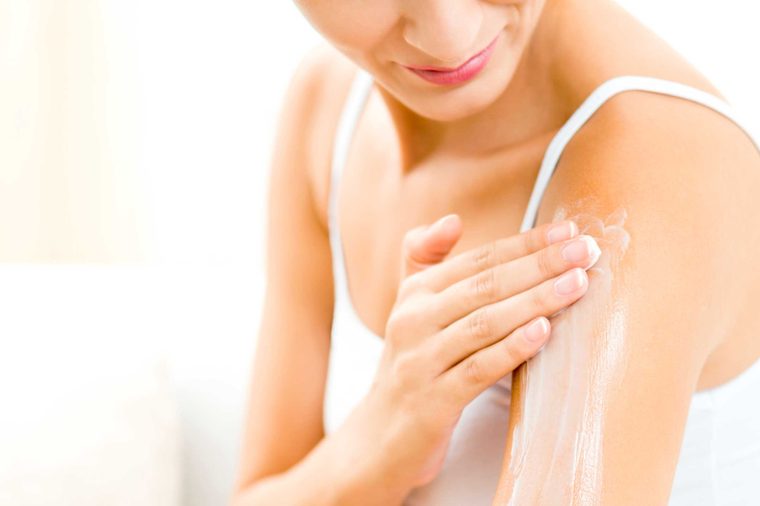
Extremely dry skin
Extremely dry skin can be a sign of changing weather, or it could be something more serious such as a skin condition like eczema or psoriasis. Regardless of the cause, super-dry skin—we’re talking red, scaly patches—can be extremely painful and often embarrassing. Working together with your dermatologist can help determine the next steps for treatment. (Check out the worst skin care advice dermatologists have ever heard.)

Excessive sweating
Sure, you could have done an epic hot yoga workout, but excessive sweating can also be due to a hormonal imbalance, a thyroid disorder, or even diabetes. You may feel that being sweaty is a minor cosmetic issue, but trust your gut. “If something feels weird, or off, call your dermatologist,” Dr. Lee says. “Just like it’s much easier to keep a clean home by tidying every day and not doing one big cleaning session, regular maintenance of your skin is much simpler than treating big problems.”
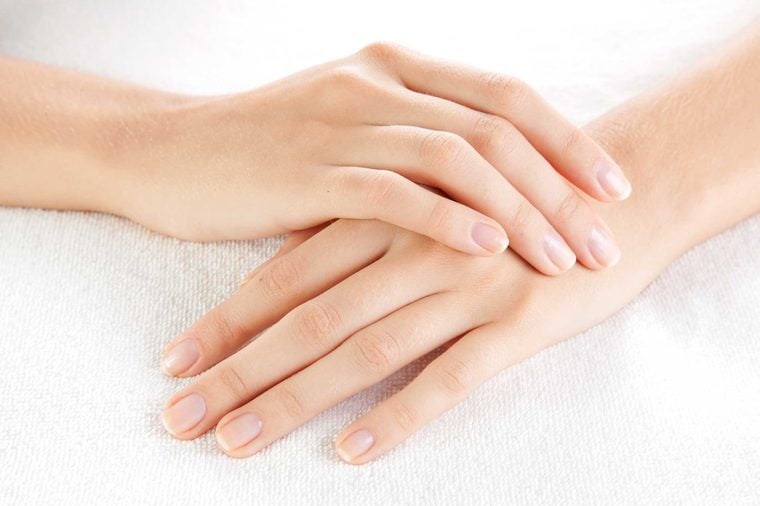
Drastic changes in your fingernails
If your fingernails develop ridges, start crumbling, or if they suddenly become flaky, discolored, or generally brittle, this may be a sign of psoriasitic arthritis, according to the National Psoriasis Foundation, or vitamin deficiencies (usually iron), or other conditions. Your dermatologist can assess these changes and help you address them. (These are surprising diseases that dermatologists find first.)
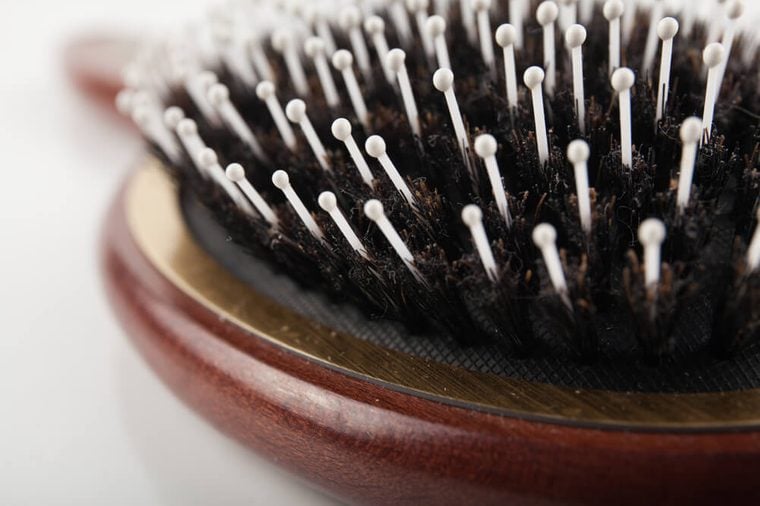
Unexplained hair loss
Hair loss is an everyday occurrence. On average, er lose between 50 to 100 strands a day, and that’s absolutely normal. And sometimes, hair loss has explainable causes: Post-pregnancy, for example, the shift in a mother’s hormones will cause what seems to be excessive hair loss. But if your hair is suddenly shedding more than usual and you’re not post-partum, see your dermatologist immediately. The good news is that most causes of hair loss can be treated or at least slowed, according to the American Academy of Dermatology. (Make sure you follow these skin care tips that dermatologists swear by.)
